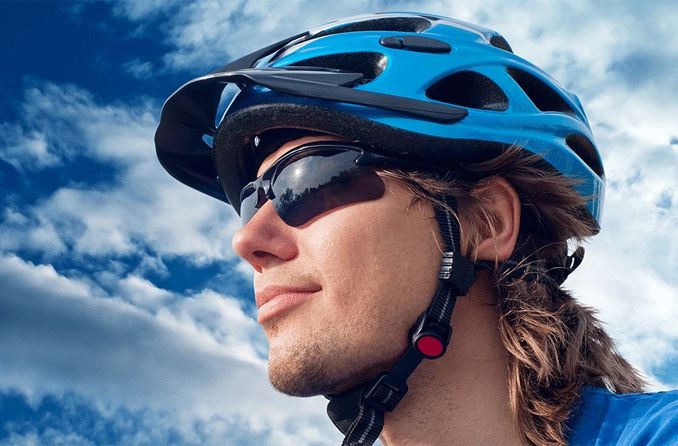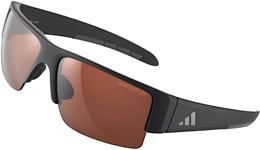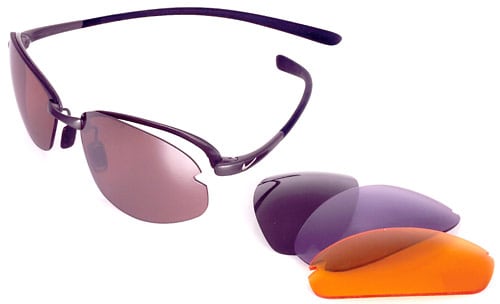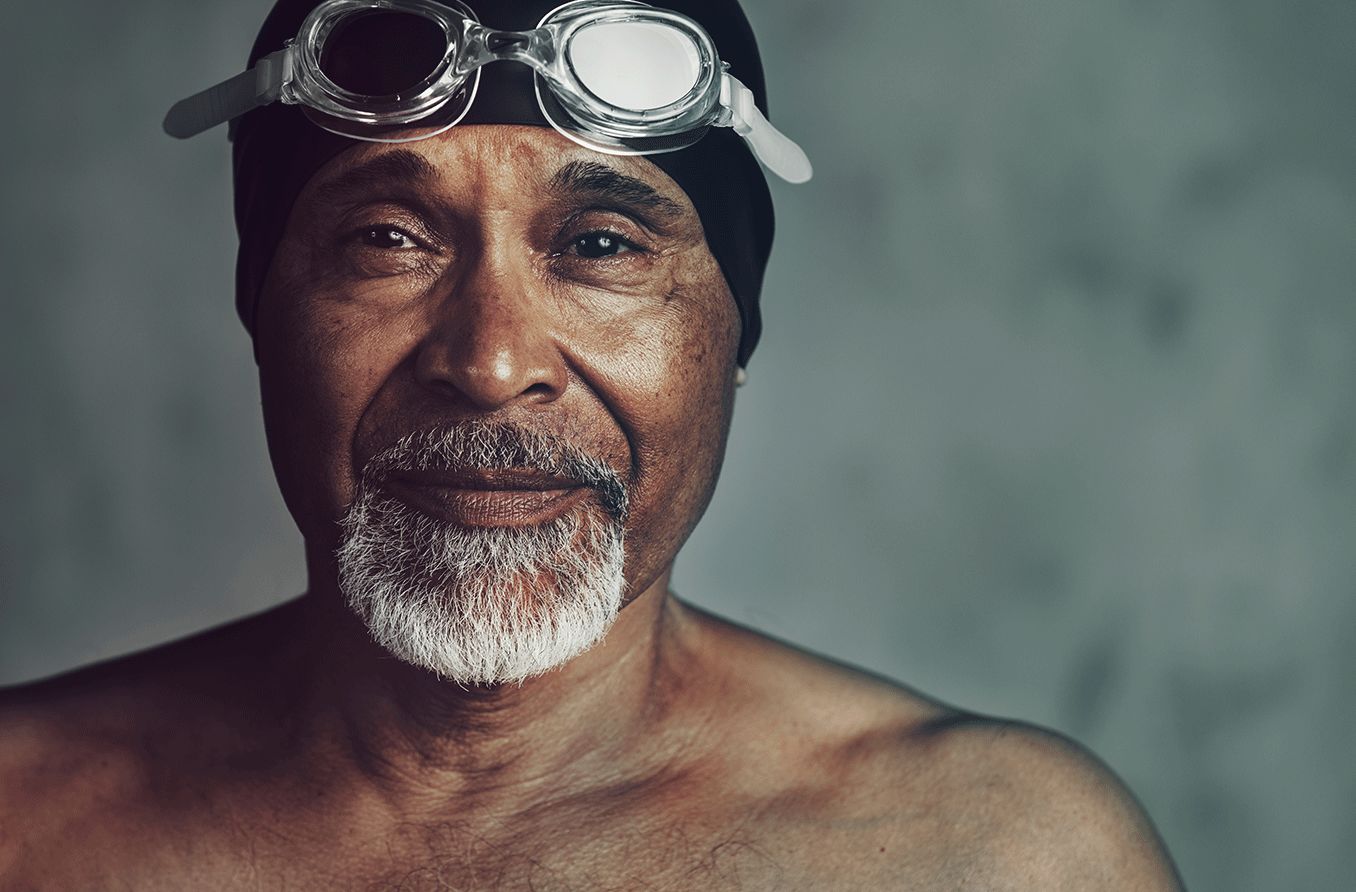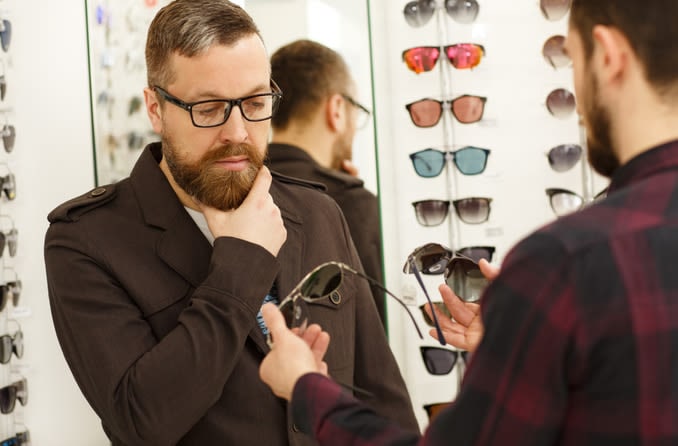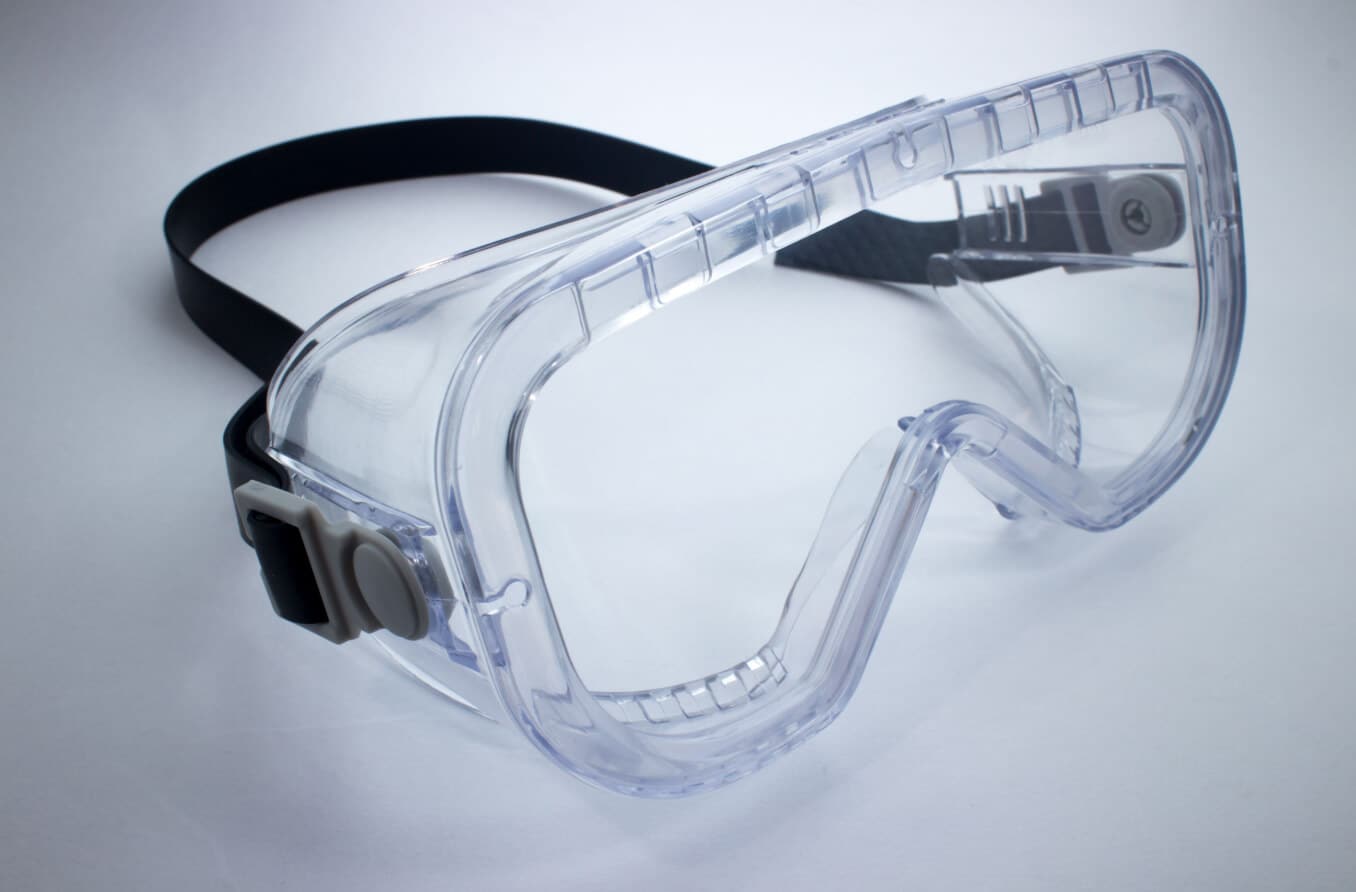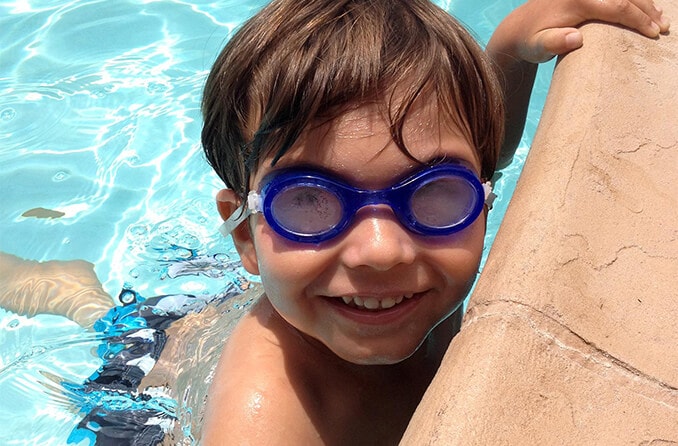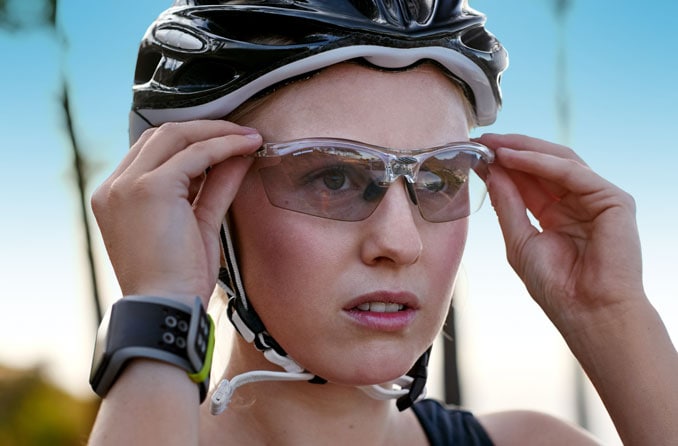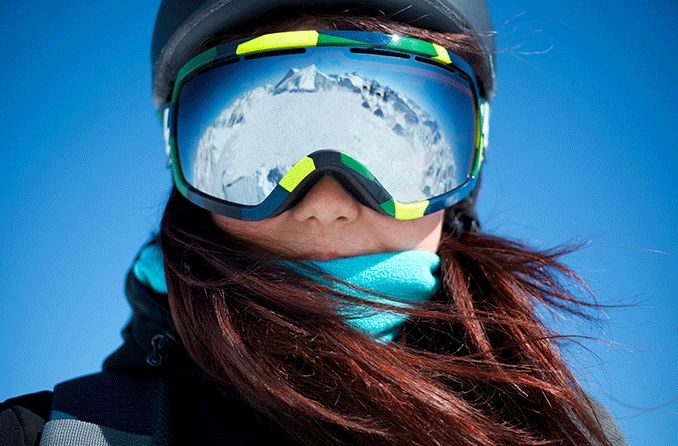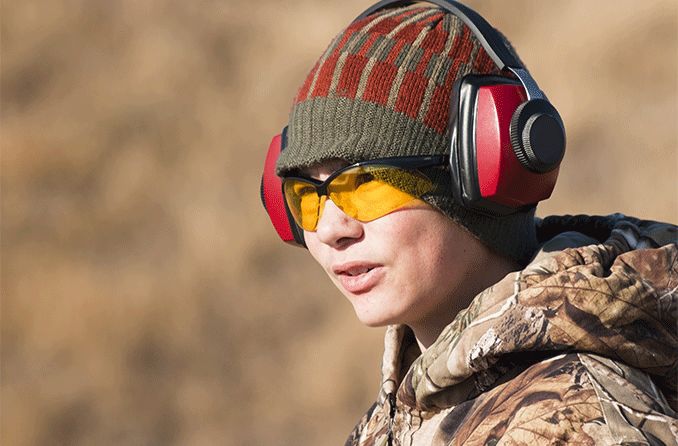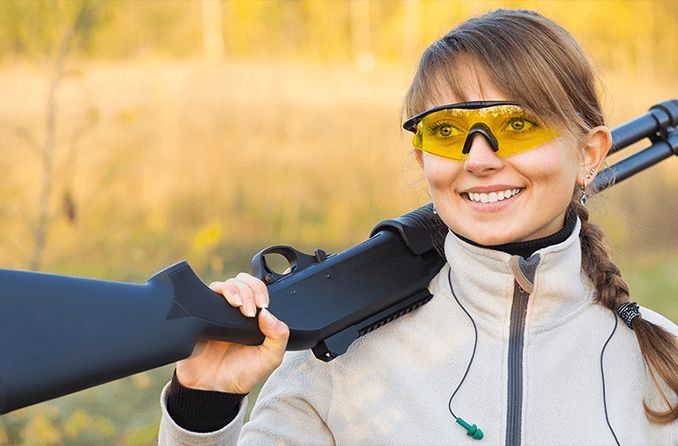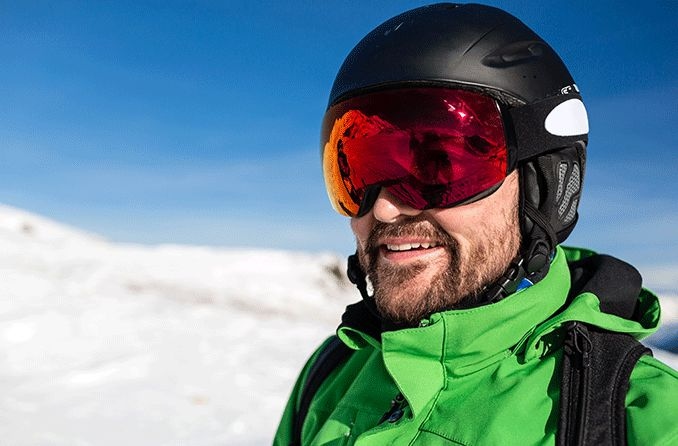Sports glasses, goggles and eye protection
Experts agree that most sports-related eye injuries can be prevented if athletes wear protective eyewear, such as safety goggles with polycarbonate lenses.
Ski goggles should be considered a must on the slopes to reduce glare and protect your eyes from intense UV rays, and face shields (either "cages" or clear polycarbonate shields) should always be worn by catchers in baseball and anyone playing hockey or other sports with fast-moving objects that could strike your eyes.
Although children may resist the idea of wearing safety glasses during sports, parents and coaches should insist on it. It takes only a second for a sports injury to cause permanent vision loss in an unprotected eye.
And eye safety during sports is not just for kids — virtually anyone who plays active sports should wear sports glasses for eye protection and vision enhancement.
Also, never wear everyday "dress" eyeglasses during sports. Regular eyeglasses are not made to the same protective standards as safety eyewear. The lenses may shatter under impact and cause a serious eye injury.
Likewise, eyeglass frames that don't qualify for use in sports or safety glasses can break upon impact or cause the lenses to come loose and damage your eyes or face.
Another danger during outdoor sports is overexposure to ultraviolet (UV) radiation from the sun. UV rays have been linked to eye diseases such as cataracts and ocular tumors.
Overexposure to UV radiation also can cause a painful sunburn on the surface of your eyes (called photokeratitis) that can lead to long-term damage to the cornea.
Snowboarders and skiers should always wear tinted goggles or sports sunglasses, since UV rays bounce off snow even on cloudy days. Boaters and sailors, too, need protection from UV rays that reflect off the water.

